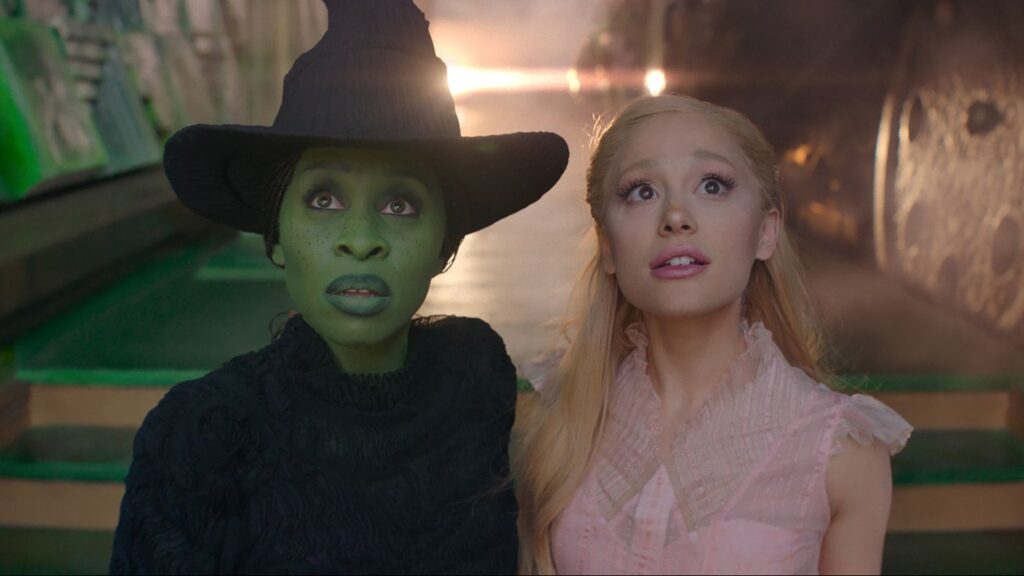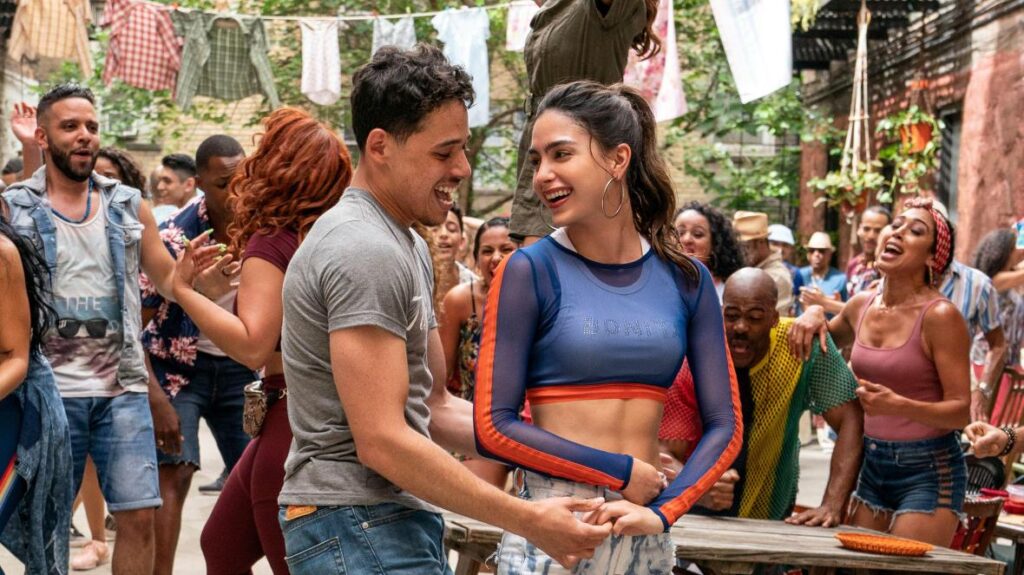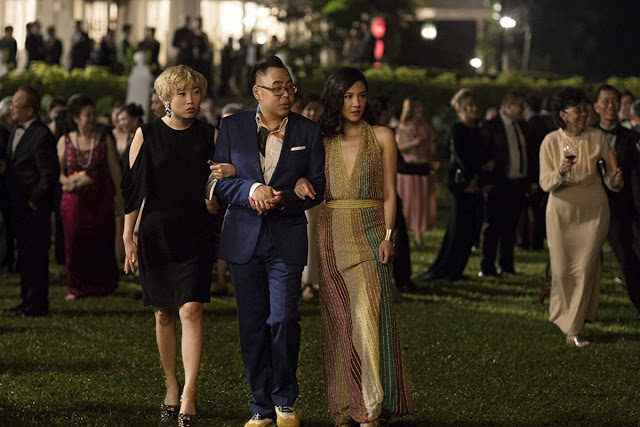Wicked: Thank U, Hexed

At the risk of defying Julie Andrews, let’s start at the ending. Well, it’s really the middle, given that Wicked—Jon M. Chu’s big-screen adaptation of the hit play by Winnie Holzman and Stephen Schwartz, which in turn was based on a novel by Gregory Maguire—has been split into two parts, with the second installment slated to arrive next November. (Lest unsuspecting viewers be startled by this division, the label “Part 1” appears beneath the opening title.) Anyway, shortly before this movie’s intermission conclusion, several of the characters survey architectural blueprints for a planned renovation of Oz, including a certain brick road of indeterminate color. “You don’t like yellow?” the engineer asks. He then magically toggles through a number of alternatives, the miniature boulevard shifting from blue to green to purple.
There’s a lot to process here. To begin with, the mastermind’s effortless manipulation of his punctilious model functions as an obvious metaphor for the role of film director—a visionary tasked with fabricating an environment and bending it to his artistic will. But my more pressing concern is the concept of color itself, and how Wicked dutifully traffics in pigmentation—there are a variety of shades and hues on display—without fully exploiting its power. Read More


